The world of health and fitness is full of gimmicks. Every single day you will hear about some great new exercise or amazing new piece of equipment.
And the worst bit?
Most often they are complete and utter trash.
Which is why when something new appears that has decent research to support it, we stand up and take notice.
Something like musculoskeletal vibration stimulation, for example.
What is Musculoskeletal vibration stimulation?
Musculoskeletal vibration stimulation (also known as vibration therapy or vibration training) is a mode of exercise that has become commonplace in physical therapy circles over the last decade.
With this, vibration can be provided to a single muscle, or to your whole body through the application of a vibration seat of vibration platform.
This vibration causes your muscles to move – or oscillate.
The amount of movement in the muscle tissue is dictated by the amplitude, frequency, and magnitude of the vibration. In general, low-amplitude, low-frequency mechanical stimulation is the most commonly used in humans.
Effects on the neuromuscular and neuroendocrine systems
No matter how vibration is applied, its principals remain the same.
As the machine vibrates, it has a profound impact on your neuromuscular system.
It activates your nervous system, forcing your muscles to contract and relax multiple times per second. These rapid contractions have been hypothesized to improve muscle health, strength, and function – and may even help you exert some energy in the process.
Interestingly, vibration training has also been shown to have an impact on your endocrine system by causing an increase in adrenaline, and a decreasing in blood glucose levels (Di Loreto, 2004).
This suggests that it may also have a positive impact on metabolic health conditions, as well as physical function.
Related Article: Glute Activation Warm-up and Exercise Performance
Is vibration a natural stimulus?
One question I get asked about a lot is whether muscle vibration is ‘natural’.
And I guess it kind of depends on how you want to look at it.
While the tools used to undertake vibration training are obviously technological in nature (pun intended), the movements they produce replicate many of the actions observed when running or walking over uneven ground, and in bare feet.
In this manner, the body must adapt to minute stimuli multiple times per second.
So, I guess considering this, vibration training can very much be viewed as a natural stimulus.
Vibration and muscle activation
Where I believe vibration training offers the most bang for your buck is in the realm of muscle activation (Wei, 2018).
Because of what life has become in modern day, we now spend most of our time in sedentary positions. With this, we spend a lot less time moving our body.
As a result, many people lose their ability to consciously activate their muscles.
Their ‘mind-muscle’ connection becomes impaired.
However, there is evidence to suggest that vibration training offers a remedy. By promoting neuromuscular adaptations that enhance muscle contraction, it has been shown to improve muscle activation.
This means that it can have application in both athletic and rehabilitation scenarios.
Vibration for physical exercise
With the growing body of research supporting the use of vibration training to improve physical function, some people suggest that it can replicate – and even replace – physical exercise (Luo, 2005; Hortobágyi, 2015).
But is this really the case?
And in short, not really.
While vibration training alone has been shown to improve strength and function, this is limited to clinical populations and the elderly.
With this, there appears to be a ceiling effect, where vibration training loses its potency the more trained someone is.
However, this does not mean that we should throw the baby out with the bath water.
There is some evidence to suggest that when combined with a solid training program, vibration training can improve strength, power, and athletic performance, to a greater degree than resistance training alone.
This is likely due to the favorable effects it has on neural drive and muscle activation.
Vibration for therapy
Taking the above into consideration, you should be starting to realize that vibration training really comes into its own in the realm of physical therapy (Chanou , 2012; Weber-Rajek, 2015).
People with chronic conditions generally have very low levels of muscular strength, muscular endurance, and physical fitness. As a result, they are the perfect candidates for vibration training, as they are nowhere near their ceiling.
Vibration therapy has been shown to act as an effective treatment for:
- Osteoporosis
- Metabolic syndrome
- Sarcopenia
- Cardiovascular disease
I should note that it has also been shown to have a favorable effect on the functional capacity of older adults. Through this, it can improve balance and even reduce risk of falls (Yang, 2015).
Related Article: Exercises For Improved Balance
Where does vibration training offer the most benefit?
With all this, you might be wondering what offers us the most benefit – vibration for therapy, or vibration for athletic performance?
To put it simply, vibration training is most effective for more clinical populations in therapeutic exercise scenarios. In fact, because it offers such a low entry point to exercise, it is one of the most powerful interventions you can have for these people.
Alternatively, while it can have a small impact on athletic performance, it should only be considered as an addition to traditional training modalities.
The cherry on top, if you will.
Although it can provide a little boost, it will be completely ineffective without the foundation of a solid training program (Musumeci, 2017).
Take Home Message
The fitness industry is full of gimmicks that are literally too good to be true – however, vibration training is not one of them.
While it may sound a little farfetched, there is a body of evidence demonstrating that it has profound effects on a multitude of health conditions. Moreover, when used with a good training program, it can even improve athletic performance.
References
Di Loreto, C., et al. “Effects of whole-body vibration exercise on the endocrine system of healthy men.” Journal of endocrinological investigation 27.4 (2004): 323-327.
Wei, Ning, and Gabriel YF Ng. “The effect of whole body vibration training on quadriceps voluntary activation level of people with age-related muscle loss (sarcopenia): a randomized pilot study.” BMC geriatrics 18.1 (2018): 240.
Luo, Jin, Brian McNamara, and Kieran Moran. “The use of vibration training to enhance muscle strength and power.” Sports medicine 35.1 (2005): 23-41.
Hortobágyi, Tibor, et al. “Small and inconsistent effects of whole body vibration on athletic performance: a systematic review and meta-analysis.” European journal of applied physiology 115.8 (2015): 1605-1625.
Weber-Rajek, Magdalena, et al. “Whole-body vibration exercise in postmenopausal osteoporosis.” Przeglad menopauzalny= Menopause review 14.1 (2015): 41.
Chanou, Konstantina, et al. “Whole-body vibration and rehabilitation of chronic diseases: a review of the literature.” Journal of sports science & medicine 11.2 (2012): 187.
Yang, Feng, et al. “Controlled whole-body vibration training reduces risk of falls among community-dwelling older adults.” Journal of biomechanics 48.12 (2015): 3206-3212.
Musumeci, Giuseppe. “The use of vibration as physical exercise and therapy.” Journal of Functional Morphology and Kinesiology 2.2 (2017): 17.
You Might Like:
Vibration Techniques for Exercise and Therapy
The world of health and fitness is full of gimmicks. Every single day you will...Does CrossFit Have A High Risk Of Injury?
Hunter Bennett Over the last decade, CrossFit has taken the world by storm. Offering a...Which Workout Is Most Effective?
Hunter Bennett What is the most effective workout? This really is a bit of a...Exercises For Improved Balance
Hunter Bennett As you would be aware, we (as an entire population) are getting older....Injury Prevention in Baseball
Hunter Bennett Baseball. America’s national pastime. One of the most popular sports in the country,...The Best CrossFit Workouts For Cardio & Strength
Hunter Bennett Over the last decade, we have seen CrossFit explode into the mainstream. It...Plyometric Training Exercises & Agility
Hunter Bennett When it comes down to improving athletic performance, we often think about enhancing...What Does CrossFit Do to Your Body?
Hunter Bennett As far as the world of exercise science goes, there tends to be...Exercise & the Prevention of Spinal Stenosis
Hunter Bennett Over the last decade or so, we have seen an increase in exercise...The Best Exercises for a Strong Foundation
Foundation is set to carry or support any load that is placed above it. The...A Trick To The Foundation Of Youth?
Julia C. Basso The hypothalamus is an almond-sized structure that sits in the lower, middle...The 4 Best Core Activation Exercises | Forever Fit Science
Our core strength is just as important as the central nervous in terms of their...7 Spring Fitness Tips For Outdoor Interval Training
Alyssa Bialowas Spring is an exciting time to re-motivate and align your health and fitness...TRX for Climbers: An Affordable Training Tool
Glancing at the scabrous backs of my hands as I type, it’s obvious to me...Find Your Rhythm Through Hula Hooping
Gabrielle Revlock Edited by: Julia C. Basso, PhD Rhythm is the brain’s bread and butter....Short Sprint Hurdle Drill | FastTwitchGrandma Sprinting Tips & Tricks
Short sprint hurdle drill is an excellent drill to help promote proper cycling. It is...Learn How to Train Like a Masters Sprinter
Meet Forever Fit Science masters sprinter Nick Berra. Berra is a 2-time USATF Masters Athlete...HIIT Treadmill Workouts | FastTwitchGrandma Sprinting Tips & Tricks
Virginia Davies, founder of Forever Fit Science, and John Trautmann, coach for the Mile High...Don’t Skip Ankle Mobility
Ankle mobility affects the entire kinetic train. Low back pain? Plantar fasciitis? Tight Hamstrings? Ankle...Ski Training Magic Part 3: Intense Low-intensity
Hank Shell I gotta be honest guys. This lack of snow has got me feeling...6 Ideas To Stay Active This Fall
Hank Shell Turkey Day has passed, and if you’re anything like me, you’ll spend the...3 Day Thanksgiving Workout Plan
John Barry Sports Performance Specialist Looking to make the most of your Thanksgiving Day feast?...Exercise Training Plan For Patients With Breast Cancer
Moji Kaviani, Ph.D., CEP Prevalence of breast cancer is alarmingly increasing in women across the...Ski Training Magic Part 1: Leg Blasters
Hank Shell It’s that time of year again. The days are getting shorter, snow is...6 Exercises To Get Ready For Hockey
Ryan Cross, B.A. Hons (Kin), MScPT, FCAMPT Registered Physiotherapist in Sarnia, Ontario, Canada The...Improve Your Game With Plyometrics
Tracey Battle, 50, is a 2017 USATF Masters Track & Field champion in the long...Swim Workout From Masters Swimmers, The Holman Twins
Masters swimming twins, Mary and Sara Holman, 31, show one of their favorite swim workouts,...Mini Trampoline Exercises – A Fun Alternative
Mini trampolining also known as “rebounding” has taken off as a fun, new alternative exercise...4 Essential Exercises
Dayton Kelly Essential to the development of any strong training plan is the concept of...Power Training for Runners
Evan Stevens This session had several talks that just went over things we’ve already heard...Ab Routine From Masters Champion Tracey Battle
USA Masters Track & Field champion Tracey Battle, 50 years old, shares her ab routine...The Best Posture is your NEXT Posture
Ryan Cross, B.A. Hons (Kin), MScPT, FCAMPT Registered Physiotherapist in Sarnia, Ontario, Canada Growing up...FUNtervals – Exercise Intervals For Children
Catherine O’Brien High Intensity Intervals: The key to a focused classroom? This month I have...Crossfit For All Ages
Katie Rose Hejtmanek, PhD Stay Strong, Mobile, and Able! “It is a great feeling when...Tired Of The Same Exercise Routine? Try Tai Chi!
Sara Thompson – MSc in Exercise Sciences, University of Toronto As Evan Stevens discussed in...Quick Facts For A Healthier You
Evan Stevens Each day between the morning and afternoon sessions of the conference there was...A Fun Alternative: Trampoline Workouts
Sara Thompson – M.Sc. in Exercise Science In recent years, a new type of exercise...Exercise Program For High Blood Pressure
Sara Thompson – M.Sc. in Exercise Science The Workout 4 Essential Activities for High Blood...Tempo Workout From World 400m Masters Champion
Meet Antwon Dussett, a 41 year old master sprinter who just last week won gold...Get Active With Rheumatoid Arthritis
Gillian White – MSc, PhD (C), University of Toronto, Department of Exercise Sciences Rheumatoid arthritis...Speed Workout for Endurance Athletes
Kenneth Mungara, 42, is the Master’s Marathon World Record holder. He is also the winner...SXS Health Challenge: A Long-Term Lifestyle Change
Gillian White – MSc, PhD Candidate, Department of Exercise Sciences, University of Toronto Making lifestyle...5 Hip Exercises For Prevention And Performance
Ryan Cross – B.A. Hons (Kin), MScPT, FCAMPT Registered Physiotherapist at CBI Physiotherapy and Rehabilitation...Training Program For Autism
Catherine O’Brien Autism Spectrum Disorder (ASD) is a developmental disorder associated with impaired social ability,...The Power Plate – A Way To Power Your Workout
Julia Basso – PhD I am really excited to say that I joined a new...5 Fun Exercises at the Park
Alley Rubadeau – CPT As parents we have all been there. We are on full...Mental Game Tip
The Game Forever Fit Science Master Racquetball Athlete and veteran of the U.S. Air Force...16-Week Training Program to Help Promote Health
Julia Basso A recent article I wrote focused on the beneficial effects of a multimodal...How to Read the Erg Rowing Numbers
Dayton Kelly How to Read the Erg Rowing Numbers If you have been following my...Swim Warmup Drills with the Holman Twins
Fast Twitch Grandma Master Athletes and professional swimmers Mary and Sara Holman take you through...Sled Pulls with Master Sprinter Tunde Ridley
Tunde Ridley is a 38 year old 3 time NCAA All American, 2014 World Masters...How do I get started?
Grayson Fertig & Mike Morris This is what I have learned. This is what I’ve experienced. And...The Perfect Catch
Dayton Kelly Looking for a change of pace? Why the Rowing Ergometer should be on...The Top 3 Tips To Improve Your Balance
Grayson Fertig Balance Training: 3 Tips I believe that one reason why I’ve had success...3 Easy Exercises for Grandparents
Grayson Fertig When I think about grandmothers and grandfathers, I think about my grandmother and...Train Like A Master Baseball Player: Steven Head
Meet Forever Fit Science athlete Steven Head. Steven is a Master Baseball Player and Master...How to Optimize Results of Your Workout
Contributed by Gillian White, HBSc, MSc, PhD (C) A driving force behind the Forever Fit Science...The post Vibration Techniques for Exercise and Therapy appeared first on ForeverFitScience.
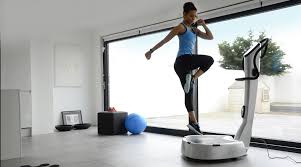
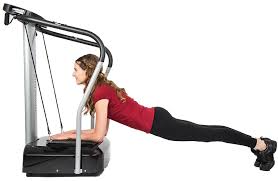


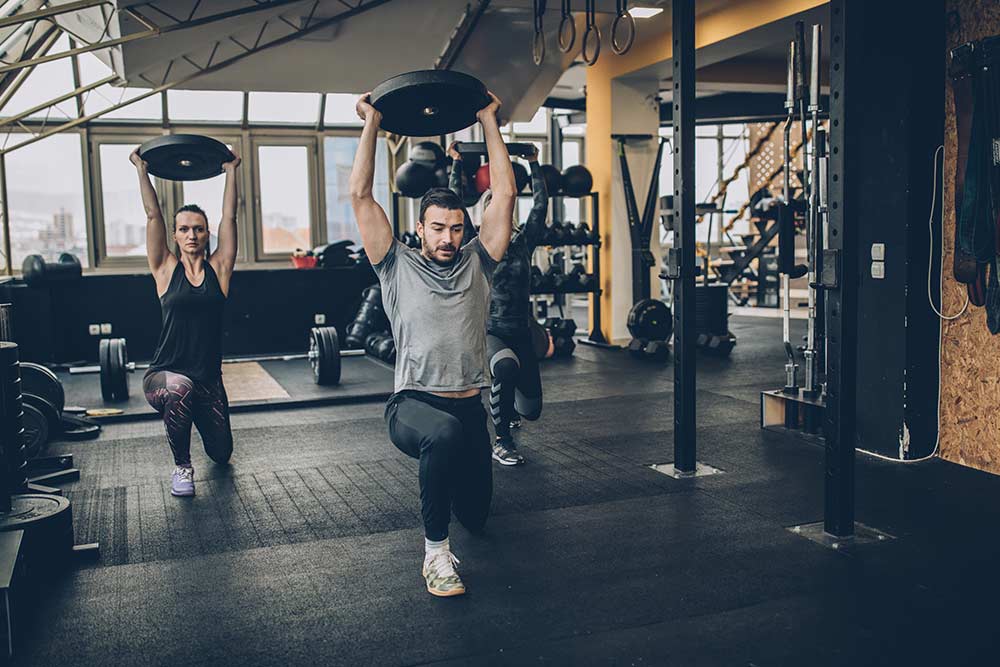



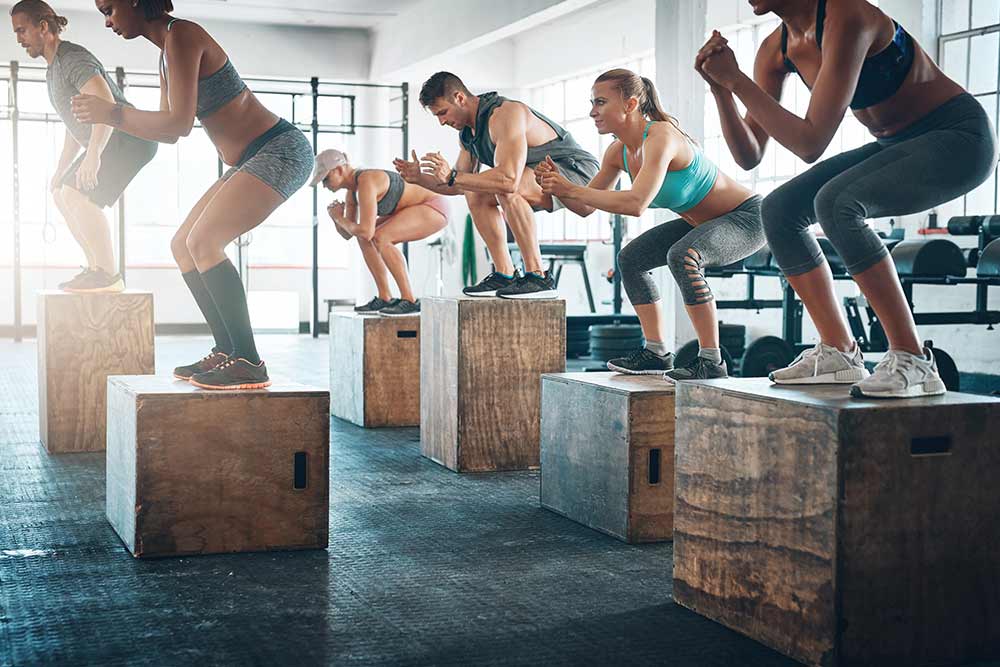
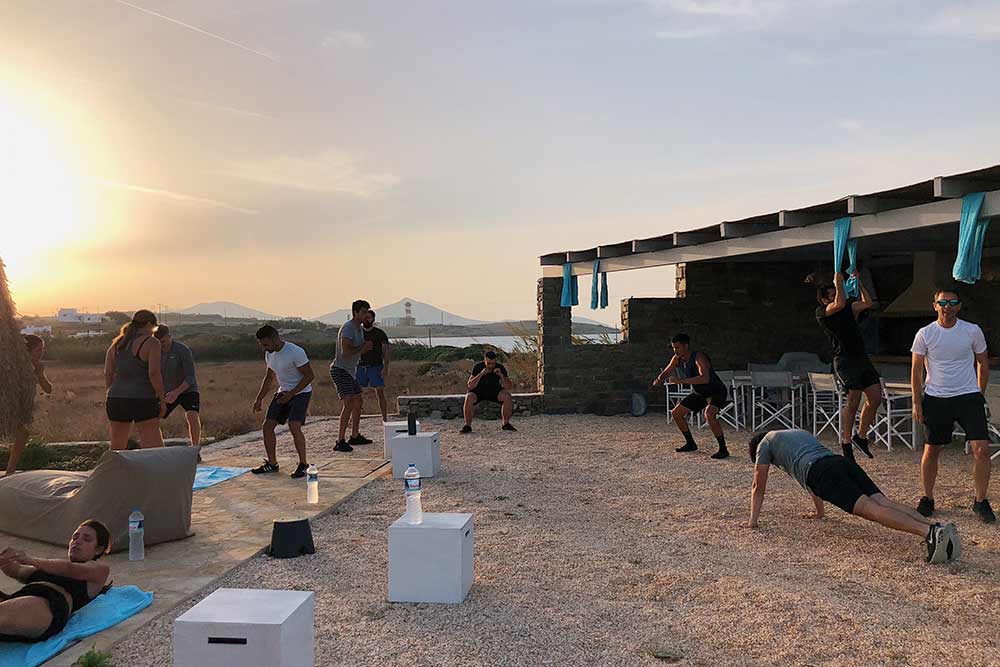



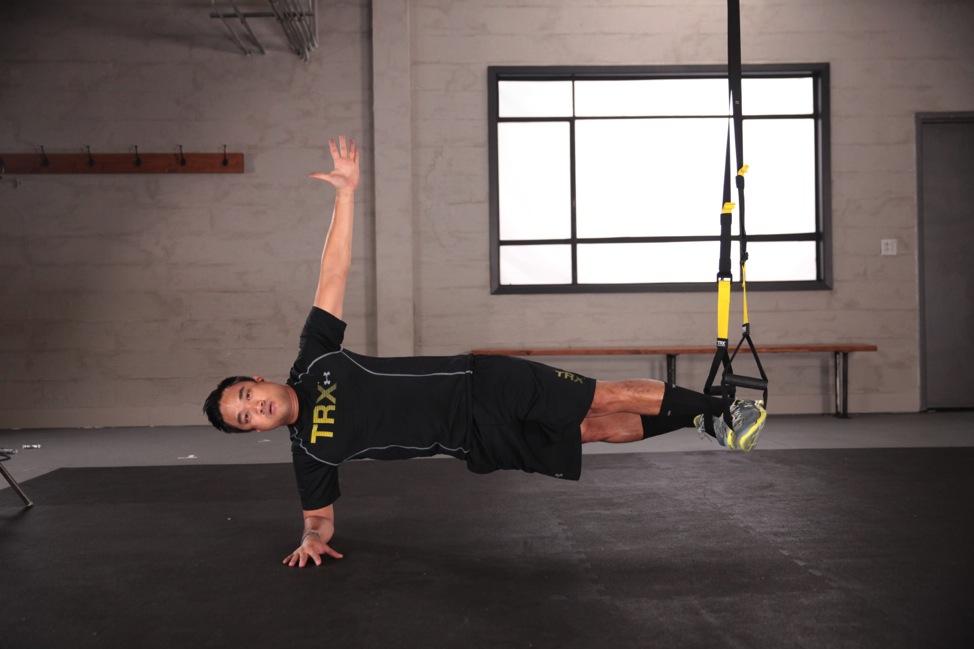









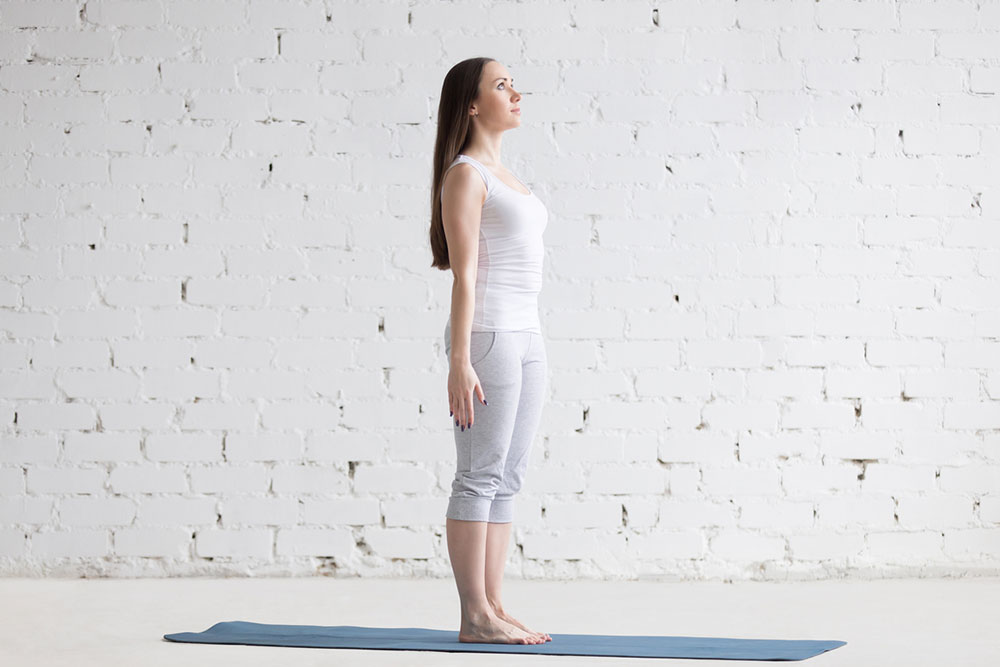
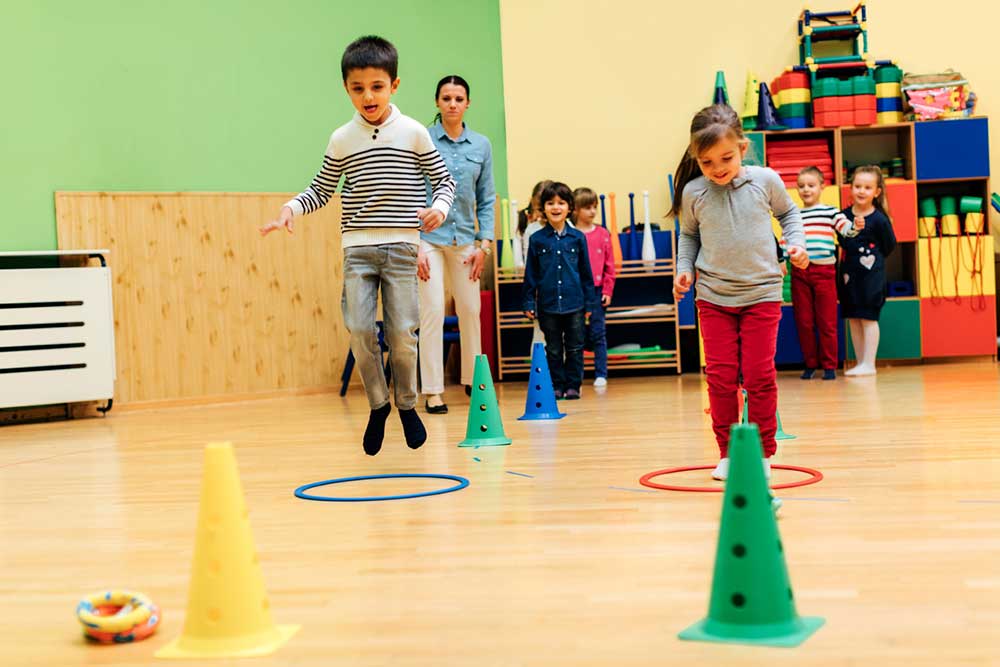
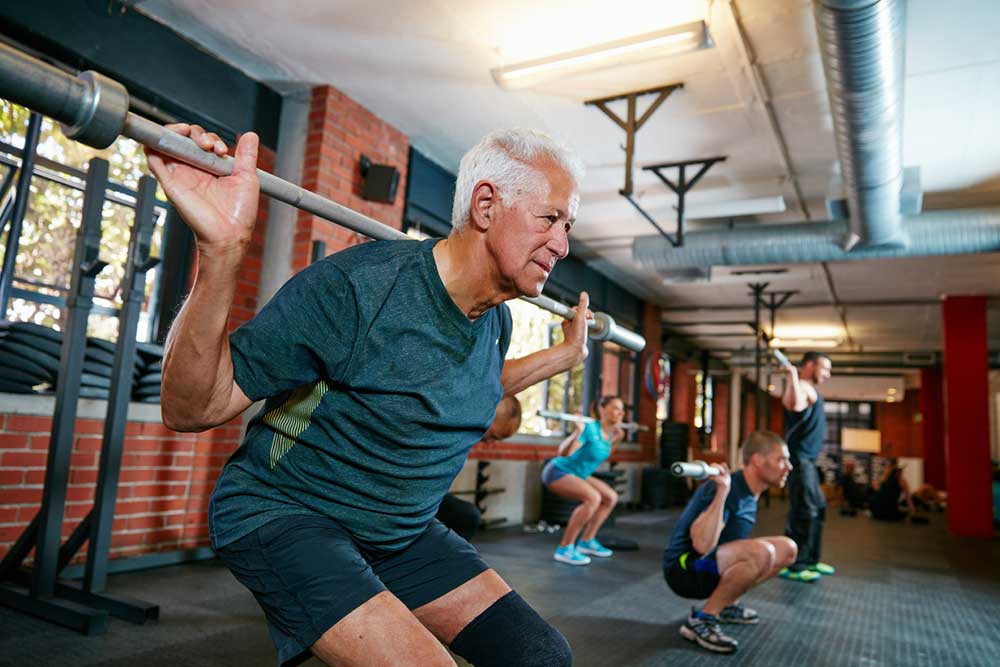

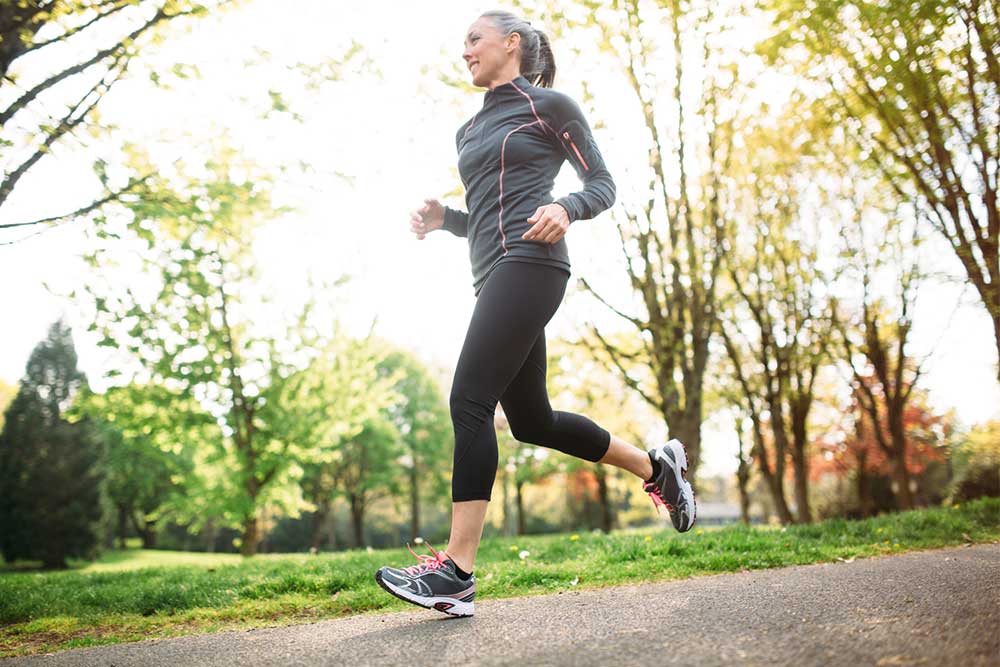

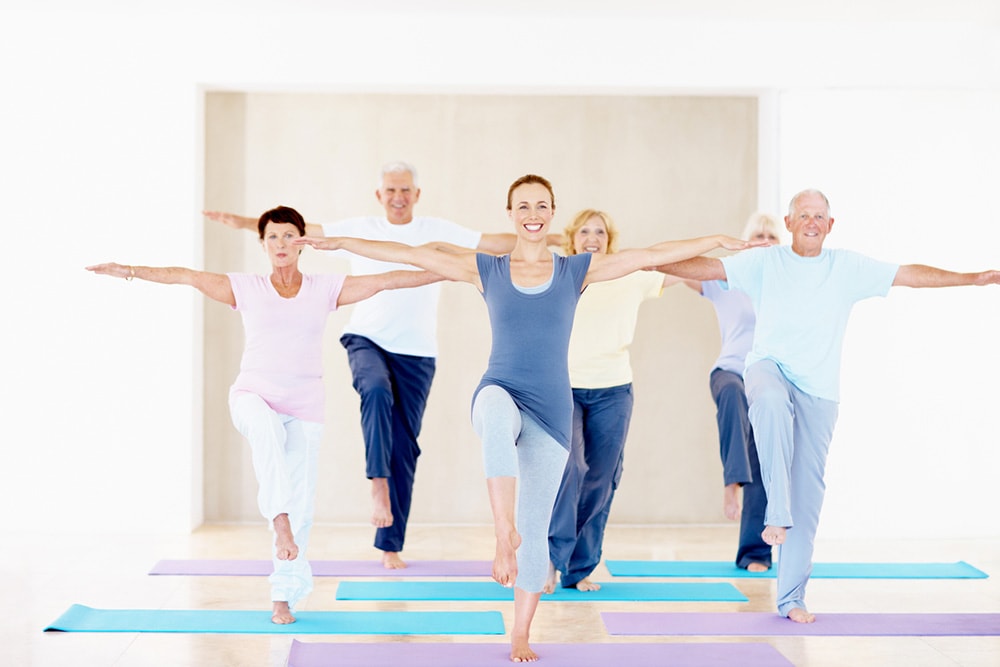
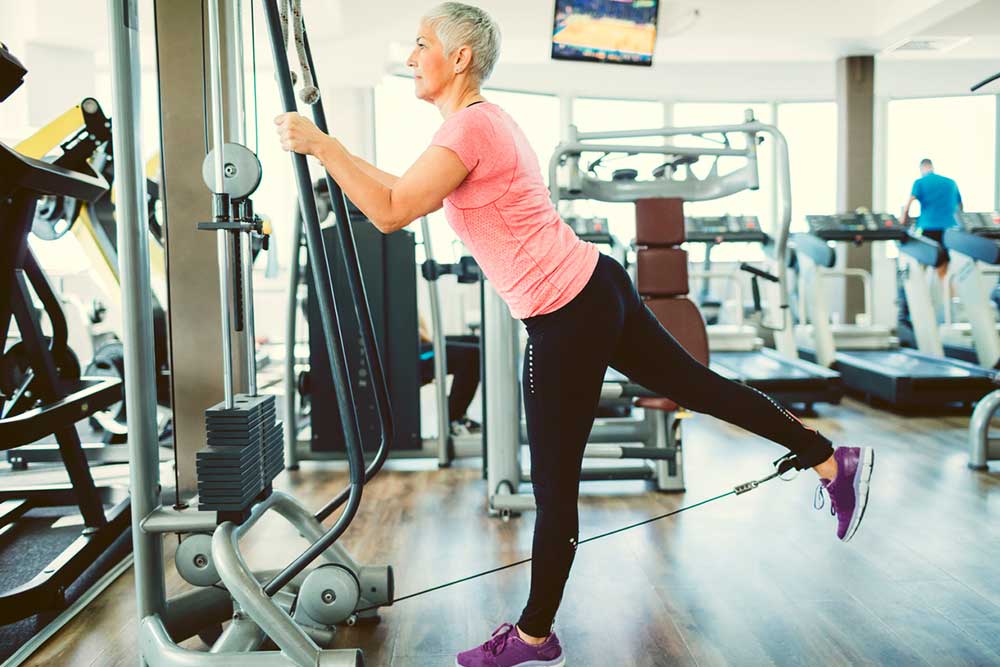
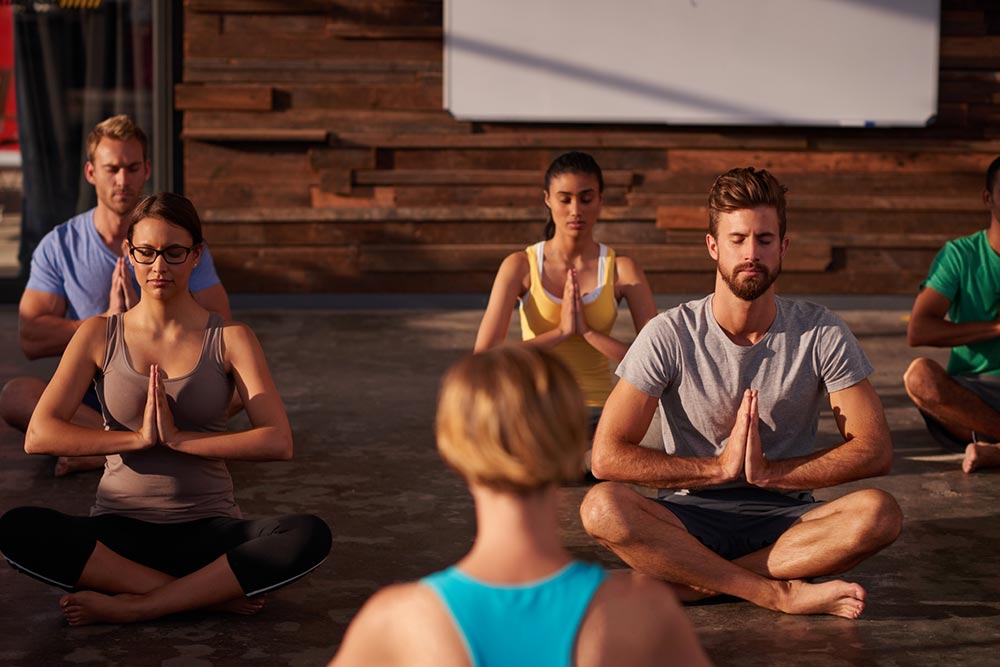
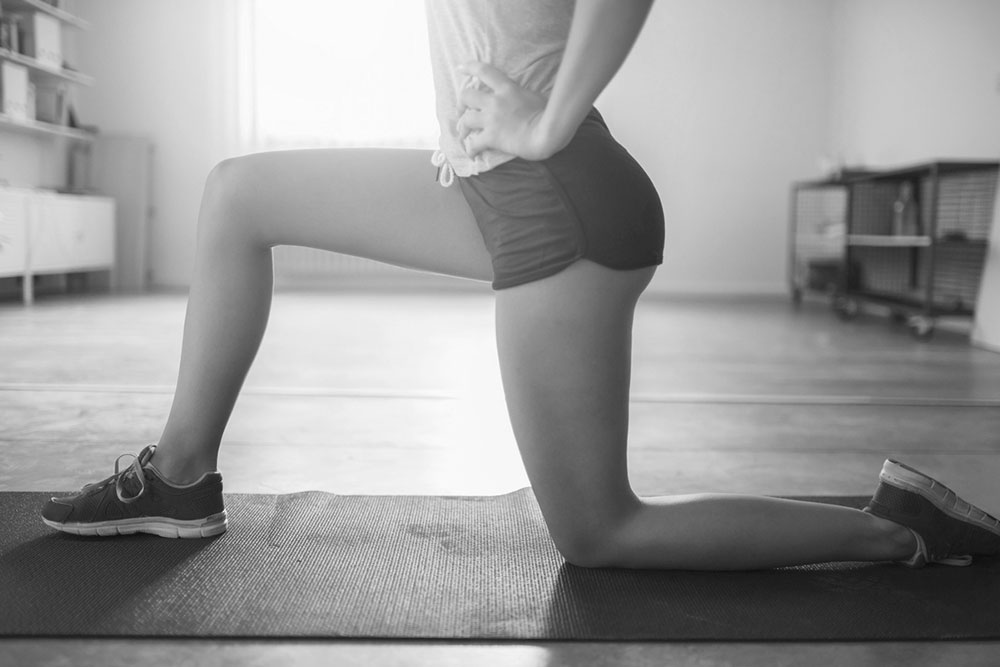

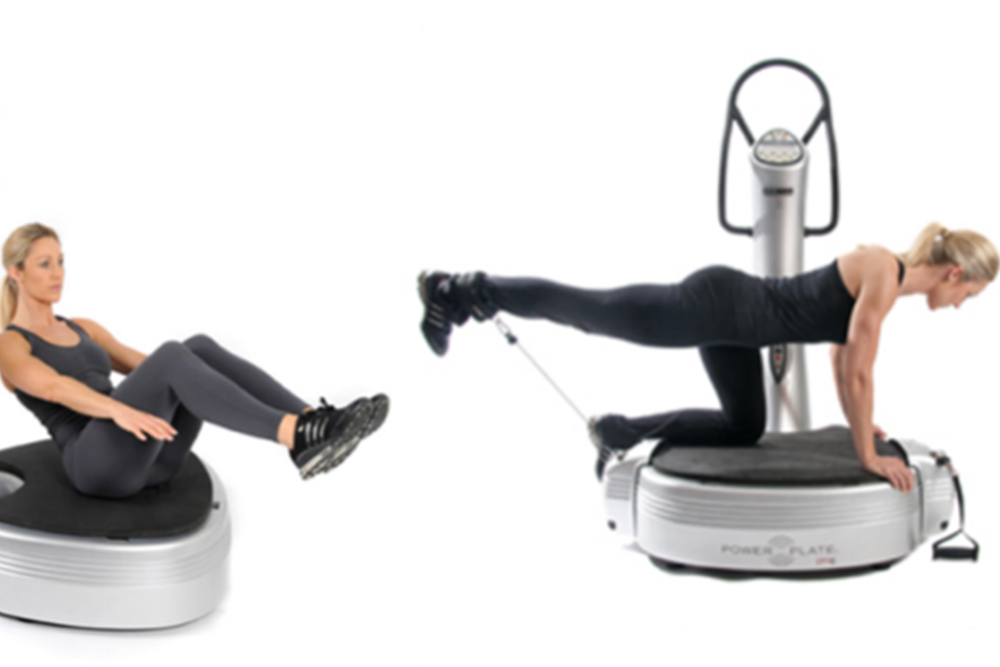


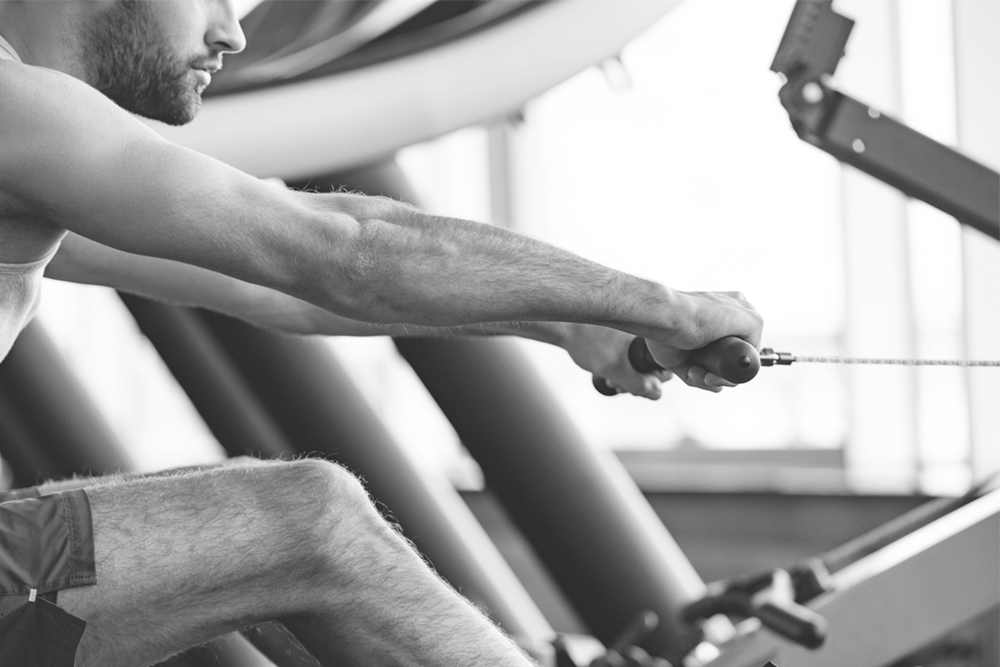
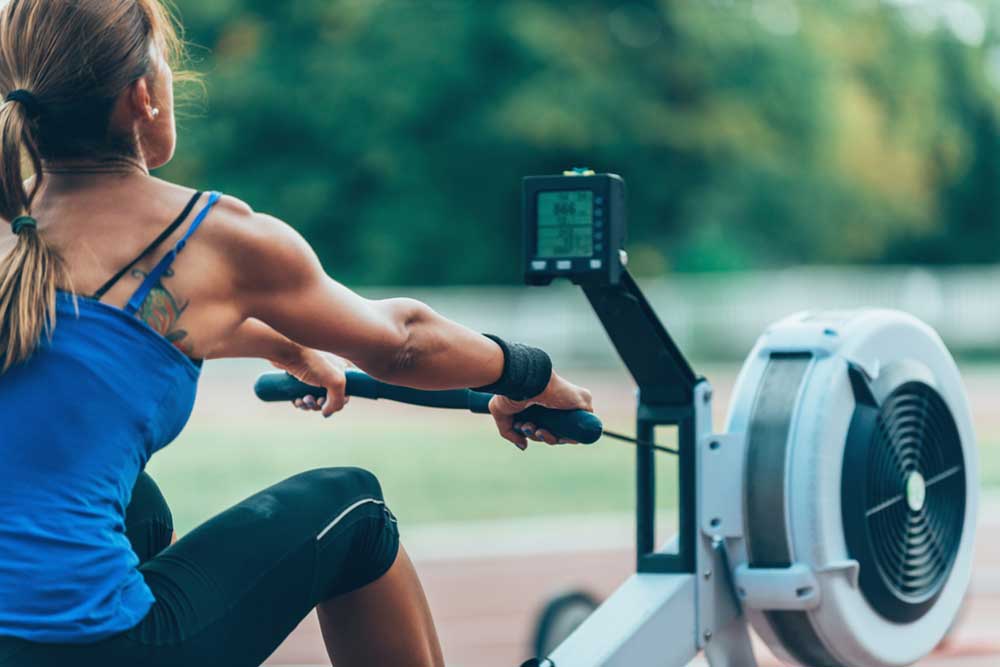



No comments:
Post a Comment